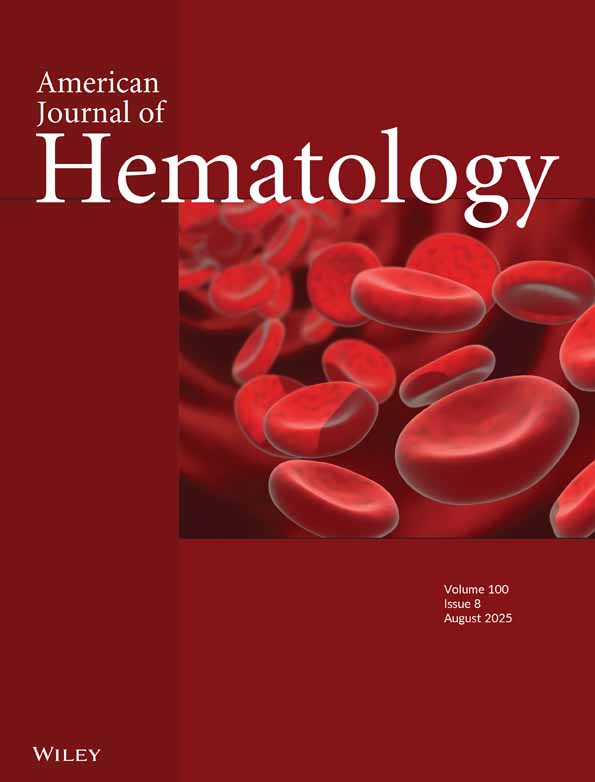Zinc-induced sideroblastic anemia: Report of a case, review of the literature, and description of the hematologic syndrome
Abstract
Zinc ingestion has become increasingly popular in the lay and food faddist population. Herein described by way of a case report and review of the 13 cases in the literature is the syndrome of severe anemia associated with excessive and prolonged intake of oral zinc. The syndrome is characterized by anemia, granulocytopenia, and bone marrow findings of vacuolated precursors and ringed sideroblasts. Serum analysis reveals increased zinc levels, decreased copper levels, and a decrease in ceruloplasmin. The mechanism appears to be zinc-induced copper deficiency, which is instrumental in producing the profound bone marrow abnormalities, as zinc itself is of low toxicity. Importantly, the syndrome is totally reversible with cessation of zinc intake. Hematologists should be aware of this form of reversible sideroblastic anemia. © 1994 Wiley-Liss, Inc.




